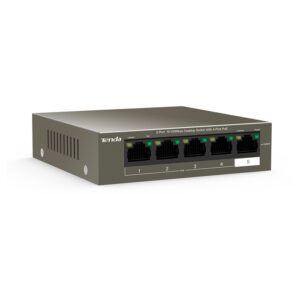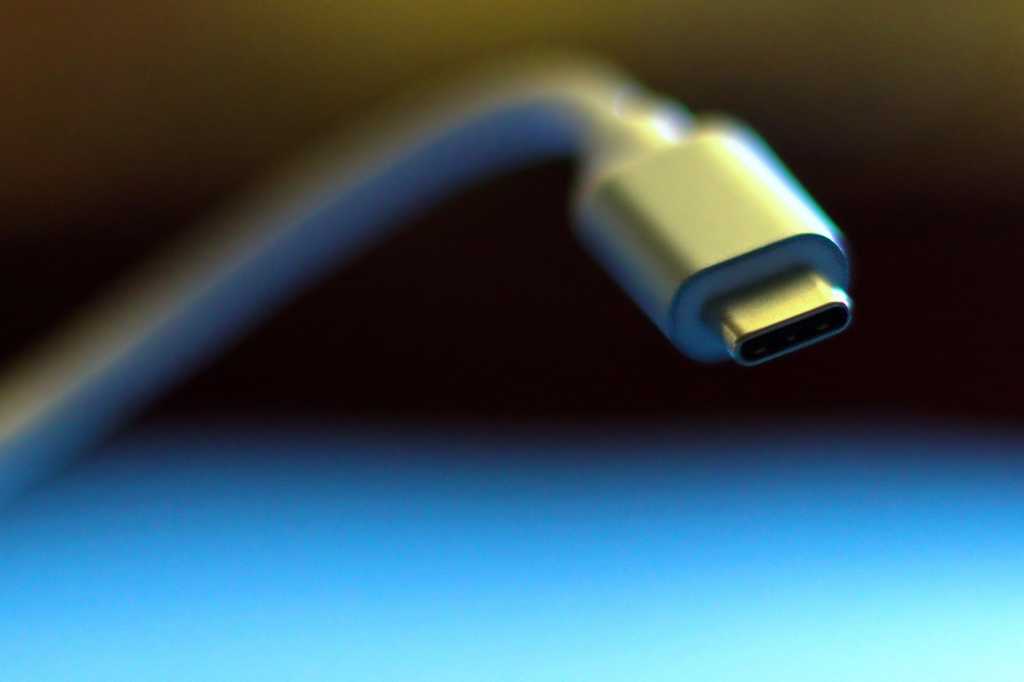أخبار التكنولوجيا
Redesigned USB logos finally make sense
[ad_1]
For years, USB technologies have been an alphabet soup of terminology—when, really, all consumers care about is how fast it is. Finally, a new USB logo scheme solves that problem.
The USB Implementors Forum unveiled new logos on Friday for laptop ports, chargers, and cables that actually try to communicate what each does. It’s a far cry from the nightmare naming scheme that the USB-IF implemented in 2009. It’s worth noting that the names of each specification apparently haven’t changed, but the logos have—and that’s all that matters.
USB-IF executives said the new logos were established alongside the new 240W USB-C power specification, which can now charge USB-C powered laptops at the levels required by even some gaming laptops. Now, the various USB specifications are defined by their speed. Charging specifications are defined by their wattage, with logos that actually indicate this.
“With the new higher power capabilities enabled by the USB PD 3.1 Specification, which unlocks up to 240W over a USB Type-C cable and connector, USB-IF saw an opportunity to further strengthen and simplify its Certified Logo Program for the end user,” said Jeff Ravencraft, USB-IF President and chief operating officer, in a statement. “With our updated logos, consumers can easily identify the USB4 performance and USB Power Delivery capabilities of Certified USB-C cables, which support an ever-expanding ecosystem of consumer electronics from laptops and smartphones to displays and chargers.”
Check out the new logos, which will be used on packaging, ports, and device power ports:

About the only drawback? There’s no obligation for device makers to actually inscribe the logo on their laptops, which could mean a continuation of the confusion around ports.
The new USB cable logos also feature clear communication of their speed as well as their charging capabilities. The big question is whether these cables will support Thunderbolt, or DisplayPort, or USB4 —any of the protocols, that is.
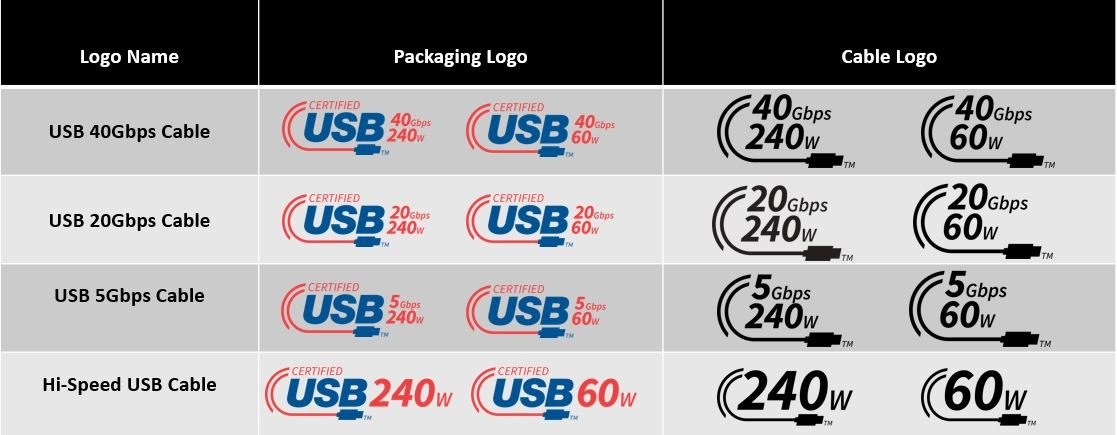
Finally, there are the charging logos, which again state what the device is capable of.
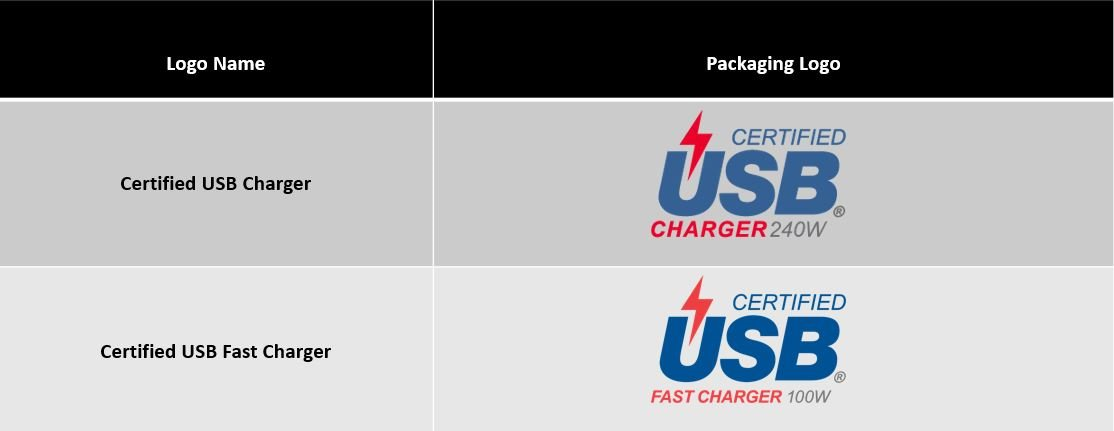
If nothing else, this is a huge step forward for clarity, communicating to the consumer what they’re buying. The only real regret is why this wasn’t implemented years ago.
رابط المصدر
 All-in-one
All-in-one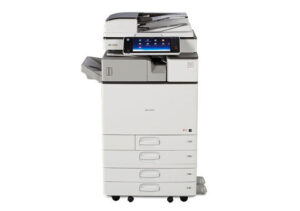 Copy Machine
Copy Machine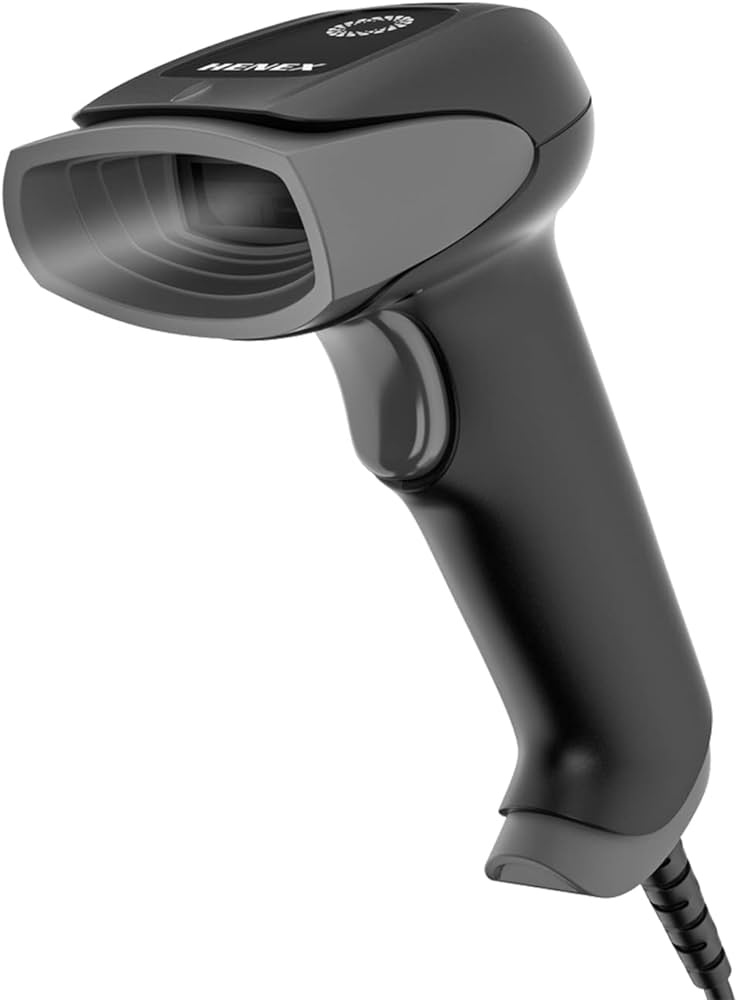 Barcode Scanner
Barcode Scanner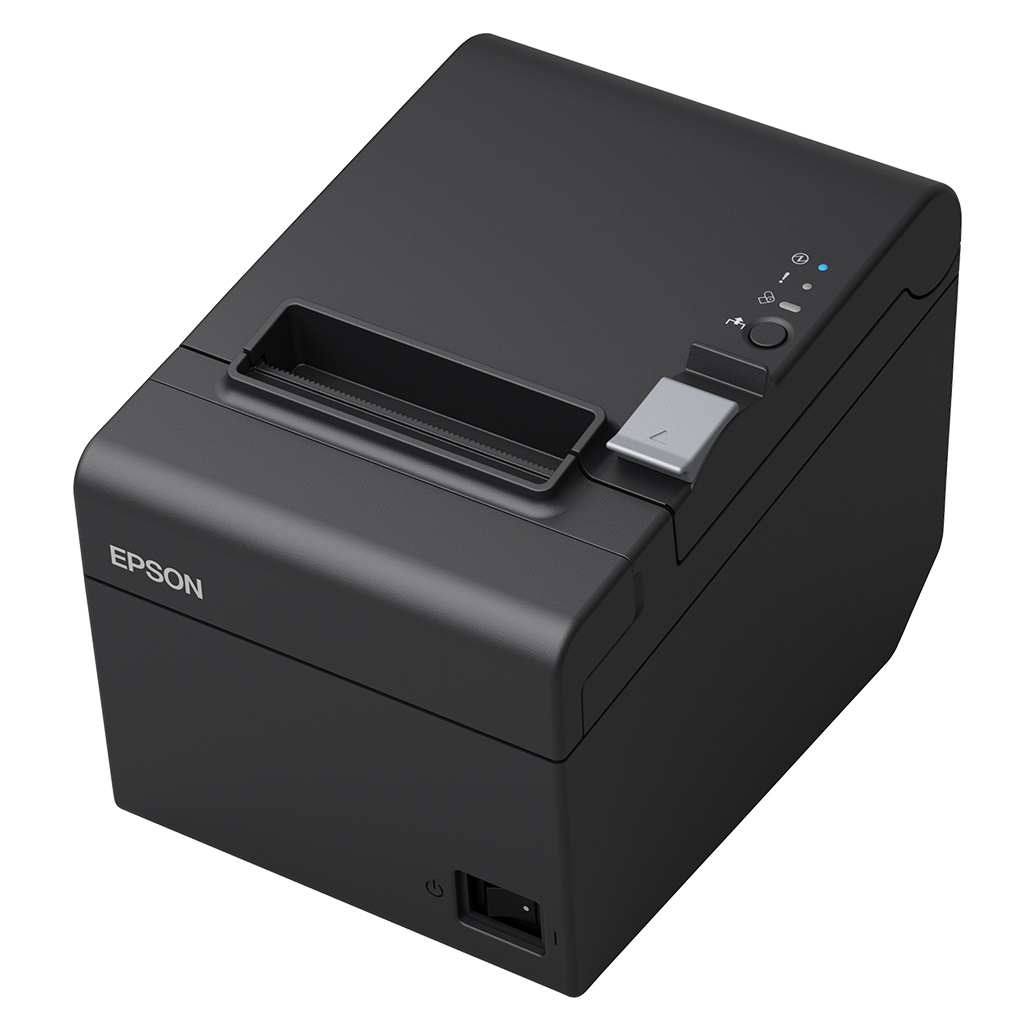 Receipt Printer
Receipt Printer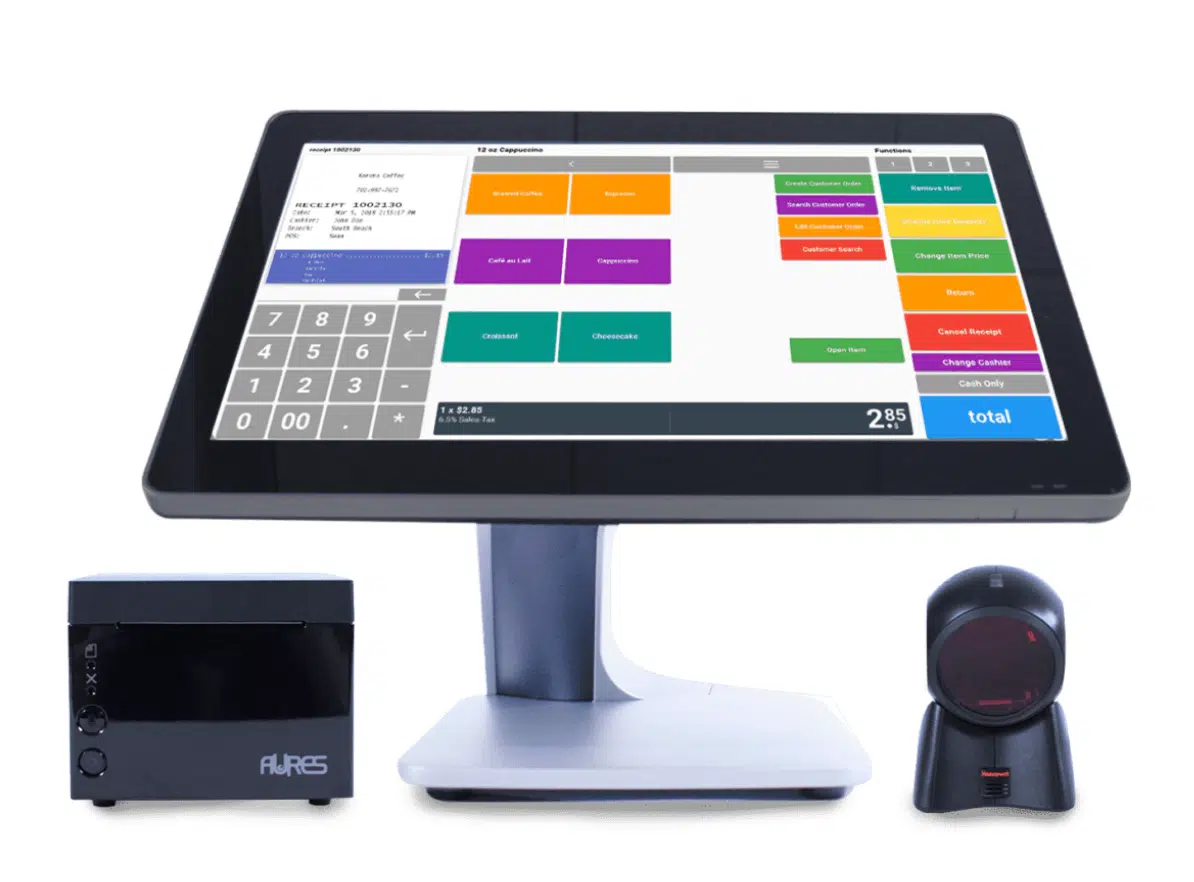 Display Unit
Display Unit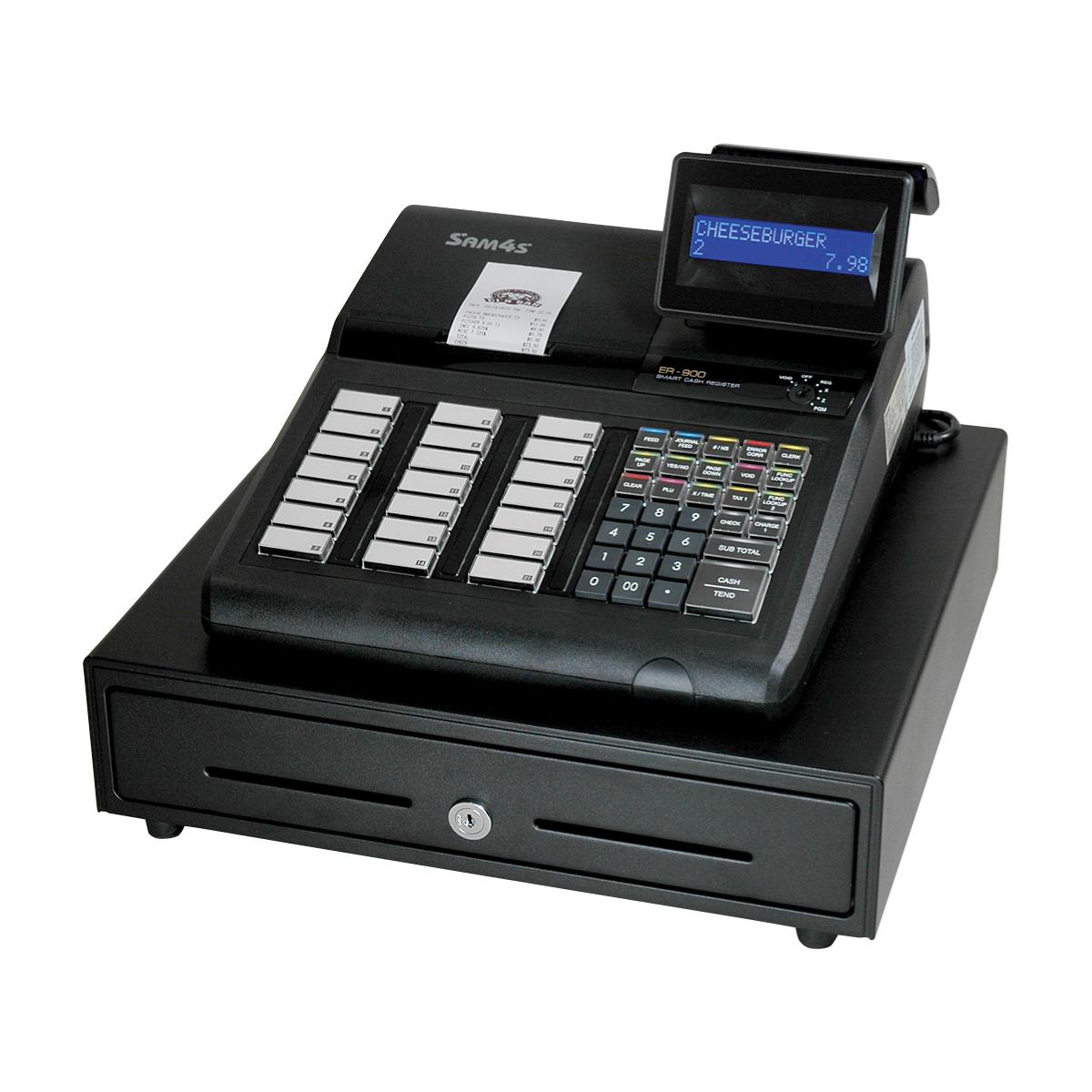 Cash Drawer
Cash Drawer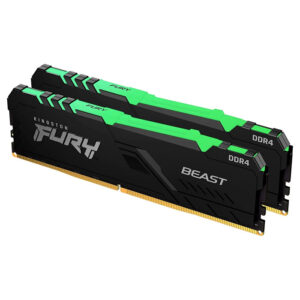 Memory RAM
Memory RAM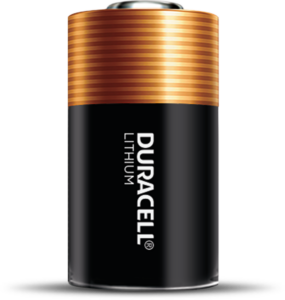
 School Supplies
School Supplies Office Machines
Office Machines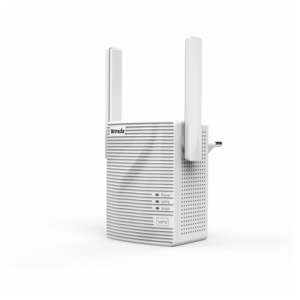 Wireless Adapters
Wireless Adapters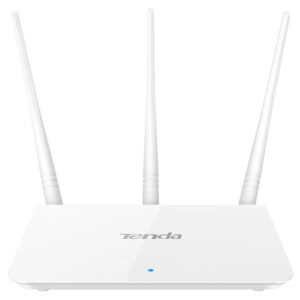 Access Point & Routers
Access Point & Routers 